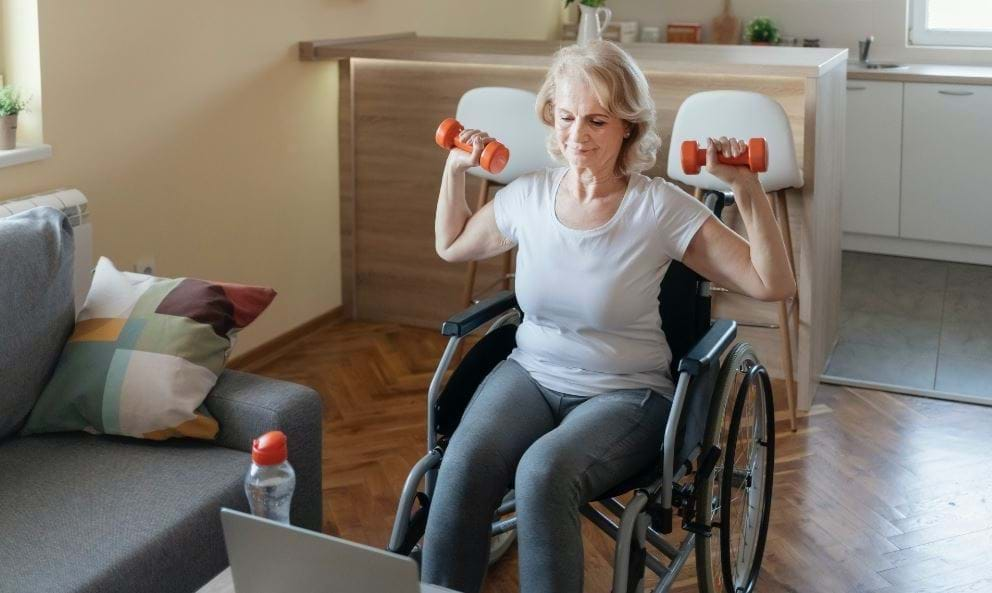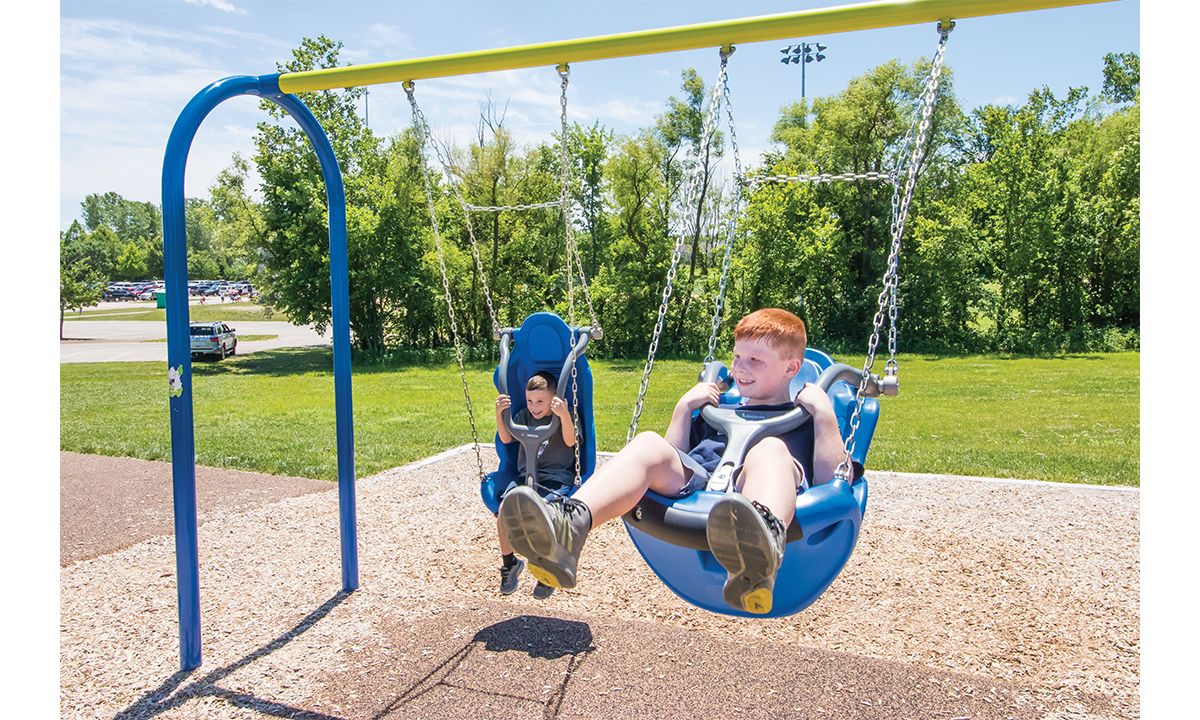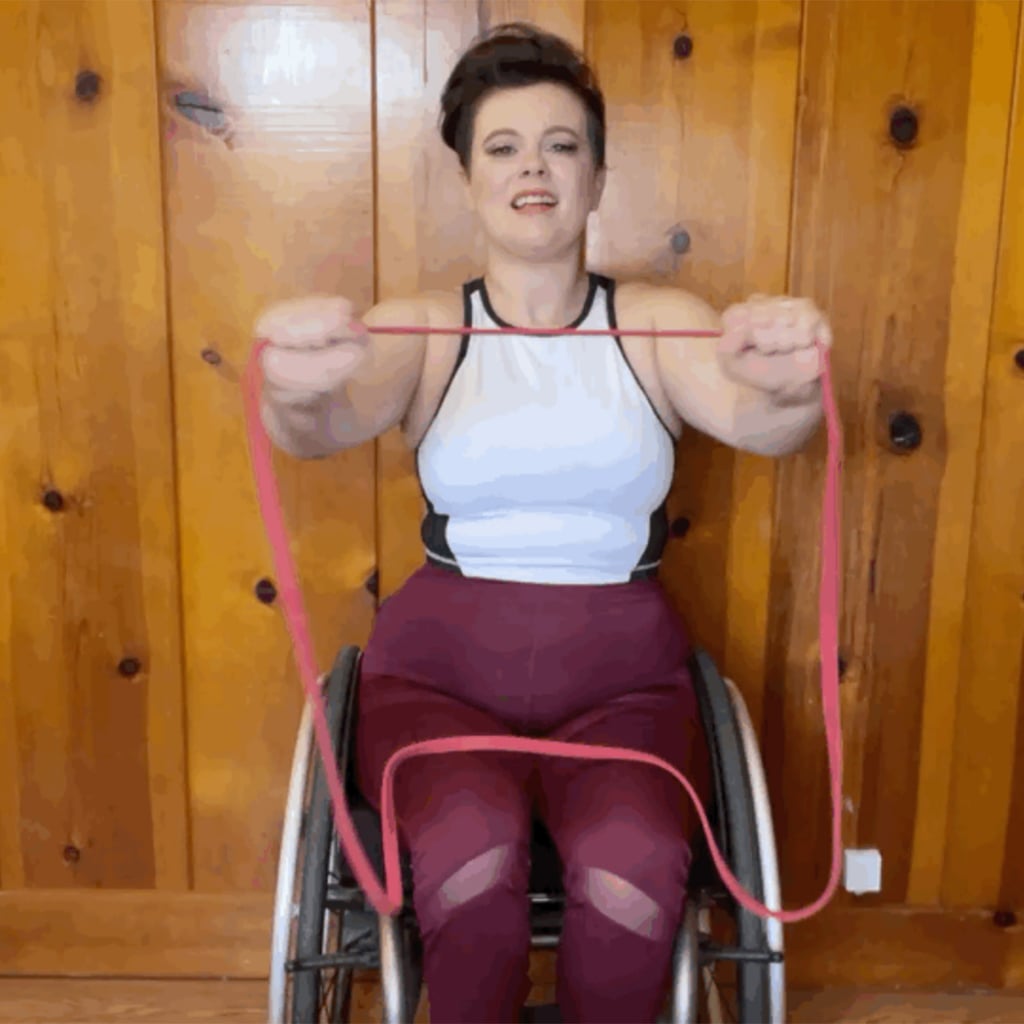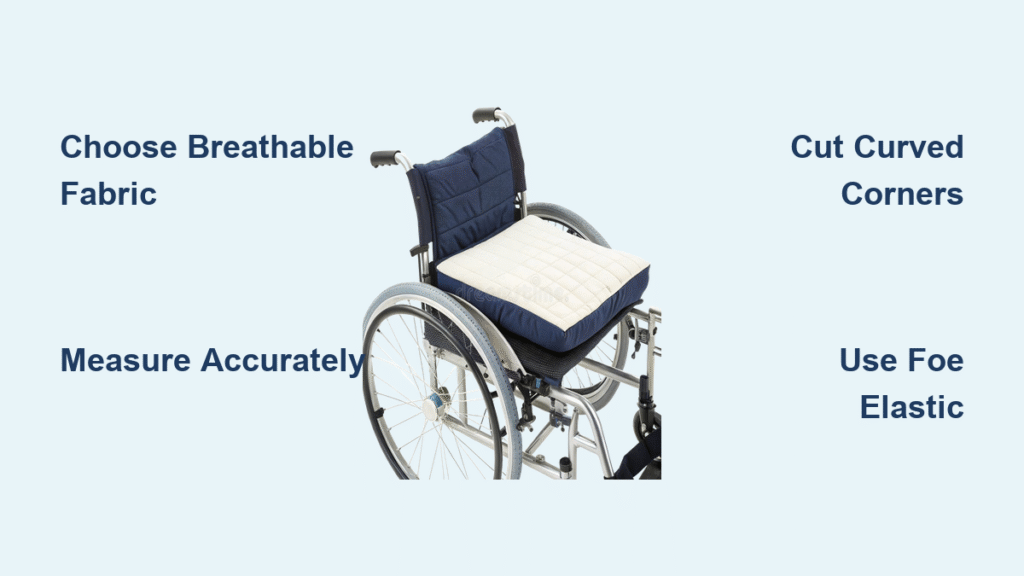Your child’s wheelchair isn’t a barrier to play—it’s their launchpad for adventure. Every day, thousands of kids are transforming living rooms into obstacle courses, playgrounds into inclusive arenas, and rainy afternoons into creative studios. With the right wheelchair activities for kids, you’ll boost upper-body strength, spark social connections, and most importantly, hear genuine laughter instead of “I can’t.” Whether you’re a parent seeking Saturday fun or a teacher building adaptive lessons, these proven strategies turn wheels into wings for joyful movement.
Power-Packed Living Room Workouts for Core Strength

Transform Your Sofa Into a Fitness Studio
Skip expensive equipment—use what you own to build real strength in 15 minutes flat. These wheelchair activities for kids target critical muscle groups while feeling like play:
The 7-Minute Chair Circuit (Do 2 rounds):
1. Wall Push-Aways: Sit 3 feet from wall, palms flat on surface. Push backward explosively (10 reps). Visual cue: Watch shoulders engage like a swimmer’s stroke.
2. Armrest Dips: Lift body using sturdy armrests (8 reps). Pro tip: Add 5 seconds of shaking arms at the top for endurance.
3. Medicine Ball Chest Pass: Throw 2-4 lb ball against wall (12 reps). Safety check: Use soft rubber ball on carpeted area.
Why it works: These wheelchair activities for kids develop the exact muscles needed for independent mobility—studies show consistent practice improves propulsion efficiency by 30% in 8 weeks. Track progress by timing how far your child rolls in 2 minutes weekly.
Fine Motor Skill Builders That Feel Like Play
Hand strength directly impacts school success and daily independence. Try these therapist-approved adaptations:
Kitchen Table Challenge:
– Coin Sorting Race: Dump mixed coins on table. Time how many quarters they sort into a muffin tin in 90 seconds. Progression: Add dimes for advanced pincer grasp.
– Clothespin Power: Clip 15 colored pins onto a ruler’s edge. Visual aid: Use neon pins against dark table for contrast.
App Alert: Dexteria Jr. ($3.99) turns finger isolation into game levels—kids don’t realize they’re building the strength needed for handwriting. Red flag: Stop if palms turn white from gripping too hard.
Backyard Adventures Using Household Items
Build a $0 Obstacle Course in 10 Minutes
Grab these common items: pool noodles, water bottles, beanbags. Set up this high-energy course:
Station 1: Cone weaving with 5 half-filled water bottles (space 24″ apart)
Station 2: Beanbag target toss into laundry basket (start at 6 feet)
Station 3: Pool noodle balance—roll forward while balancing noodle on palm
Time saver: Photograph each station setup on your phone for instant recreation. Kids beat their personal best times by 15-40% when using a visible countdown timer.
Shaving Cream Car Wash: Strength in Disguise
This sensory hit builds bilateral coordination without kids realizing it:
1. Spread shaving cream on plastic table
2. Let kids “drive” toy cars through foam
3. Spray with water bottle to rinse
Pro modification: Add food coloring to cream—watch how color mixing teaches cause-and-effect! Cleanup hack: Use squeegee for quick wipe-down.
Playground Gold: Activities Worth the Trip

Swinging Reimagined for Real Development
Modern inclusive swings aren’t baby seats—they’re therapeutic tools. Look for high-back seats with 5-point harnesses (ADA-compliant parks have these). Benefits include:
– Vestibular input improving balance by 22% (per pediatric studies)
– Grip strength building from holding chains during swings
– Social turn-taking with peers
Critical safety step: Always verify the harness clicks audibly and the frame supports 250+ lbs. Red flag: Avoid swings with only lap belts—they compromise trunk control.
Unity Dome Climbing: The Game-Changer
This 12-foot ring structure (search “Unity Dome + your city”) lets kids pull themselves across using upper body strength while seated. At newer ADA-compliant parks, it:
– Builds scapular stability critical for wheelchair propulsion
– Develops spatial problem-solving through route planning
– Creates natural peer interaction as kids cheer each other
Visual cue: Look for horizontal rings at 28-32 inches high—perfect for seated reach. Pro tip: Visit during off-peak hours for better access.
PE Class Adaptations That Actually Work
Seated Badminton Made Simple
Ditch complex rules—this version keeps every kid moving:
– Net height: 30 inches (use pool noodles through fence gaps)
– Rackets: Shorten with duct tape to 18 inches
– Shuttlecocks: Use neon foam balls for visibility
Rotation secret: Play 2v2 with mandatory 5-point rotations. Kids stay engaged 47% longer when they know their turn is coming. Avoid: Standard nets—they force dangerous overhead reaches.
Balloon Volleyball Marathon Rules
This requires zero equipment and builds endurance:
1. Use balloon instead of ball (slower descent = more success)
2. Set net at seated shoulder height (backpacks on chairs work)
3. Play “chaos mode” with 3+ balloons for high-energy groups
Inclusion hack: Assign “balloon retrievers” as rotating roles—kids who need breaks stay involved. Progression: Add point system where spikes earn double points.
Budget-Friendly Gear Hacks Under $30
DIY Resistance Band System

Create a portable gym for $12:
1. Anchor resistance band to doorknob
2. Attach pool noodle through band’s loop for grip
3. Perform seated rows toward chest
Visual cue: Use color-coded bands (yellow=easiest, black=hardest). Storage hack: Store bands in mesh laundry bag hung on wheelchair back.
Adaptive Art Supply Upgrades
Transform basic tools in 60 seconds:
– Grip boosters: Wrap rubber bands around crayons
– Non-slip base: Tape yoga mat piece under paper
– Stamp handles: Glue sponges to popsicle sticks
Pro move: Pre-cut photos for scrapbooking—kids focus on placement instead of struggling with scissors.
Rainy Day Rescue Plan
When outdoor play fails, deploy this instant kit:
1. Balloon volleyball in hallway (low-net version)
2. Resistance band rows while watching shows
3. Coin sorting race at kitchen table
Critical prep: Store kit in labeled bin with visual activity cards. Kids independently choose options 83% more often with picture prompts.
Safety & Progress Tracking Essentials
30-Second Daily Wheelchair Check
Before active play, verify:
✅ Brakes engage firmly on all surfaces
✅ Tire pressure (no visible “squish” when pressed)
✅ Loose bolts on footrests and push rims
Red flag: Squeaking sounds indicate bearing issues—contact mobility specialist immediately.
Measuring Real Progress
Track these weekly:
– Cardio: Distance rolled in 2 minutes (aim for 5% weekly increase)
– Coordination: Successful beanbag tosses from 6 feet
– Fun factor: Self-rated “joy score” (1-5 scale)
Pro tip: Chart results visually—kids stay motivated 3x longer when they see their growth.
Your First Move Starts Today
Don’t wait for perfect conditions. Grab that pool noodle right now and set up Station 1 of the backyard obstacle course. In just 7 minutes, you’ll witness genuine engagement—not passive observation. Remember: The goal isn’t Olympic performance. It’s hearing your child shout “Again!” as they master a new skill from their wheelchair. Every push, toss, and creative moment builds strength that echoes far beyond the playground. Your child’s adventure begins with one simple activity—start where you are, use what you have, and watch them soar.





